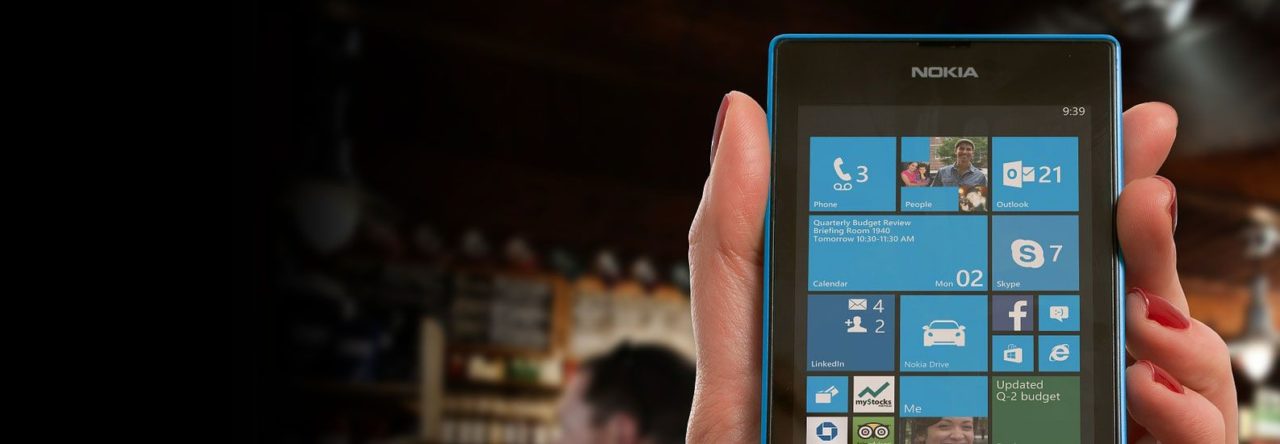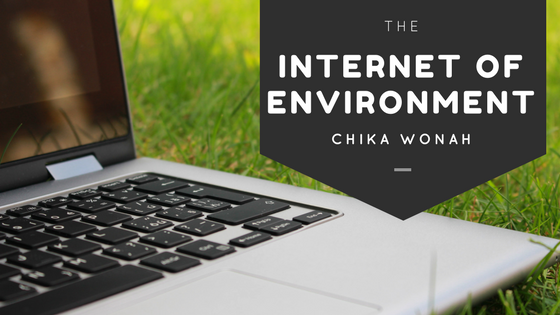You’ve probably used a connected device before- in fact, you may have used one while reading this. All of the connected devices you use in your daily life comprise something known as the “Internet of Things”. The Internet of Things, or IoT, is an interconnected web of all of the technological gadgets you use in order to make your life more efficient. One unfortunate reality of these devices is that they will fail sometime during their lifespan. Their failure may come unexpected, undesired, and may even cause you a bit of trouble. These failures, however, have the potential to come with far greater consequences.
Industries around the world have begun to adopt and integrate the usage of technologies within the Internet of Things into their everyday business operations. The potential for increases in efficiency and productivity provides great intrigue for corporations that are looking to take their enterprise to the next level. The pros do not come without potential cons, however. Depending on the nature of the industry adopting these technologies, the consequences of a software failure can be catastrophic. Forbes states that “industrial giants” such as GE, Siemens, and Bosch have begun to invest billions into the integration of technology within their daily operations. It is easy to imagine the repercussions that could occur as a result of a technological hiccup within a company as crucial to sensitive operations as Siemens or Bosch. Envision a scenario where a software-operated, industrial grade Bosch power tool blue screens, posing a serious danger to other machines and potentially other people as a result of an intermittent failure.
Despite this obvious potential for failure, the allure for more efficient means of production have thus far outweighed the fear of technological slip-ups, resulting in more and more companies investing resources into the Internet of Things. New platforms for jumping into the world of the IoT have begun to spring up within the industrial environment, making it easier than ever for companies to partner up and begin to utilize what this new technology has to offer. Some companies have even kick-started their own platforms, providing the opportunity to expand from within their own operations. However companies elect to delve into the IoT, it has become apparent that this is more than just a temporary trend- it has become equally as apparent, however, that the capacity for consequence means that these industrial technologies can not afford to fail.
Source utilized: https://www.forbes.com/sites/baininsights/2017/11/27/blue-screens-are-not-an-option-in-the-industrial-internet-of-things/#19c2d26ff5cf


